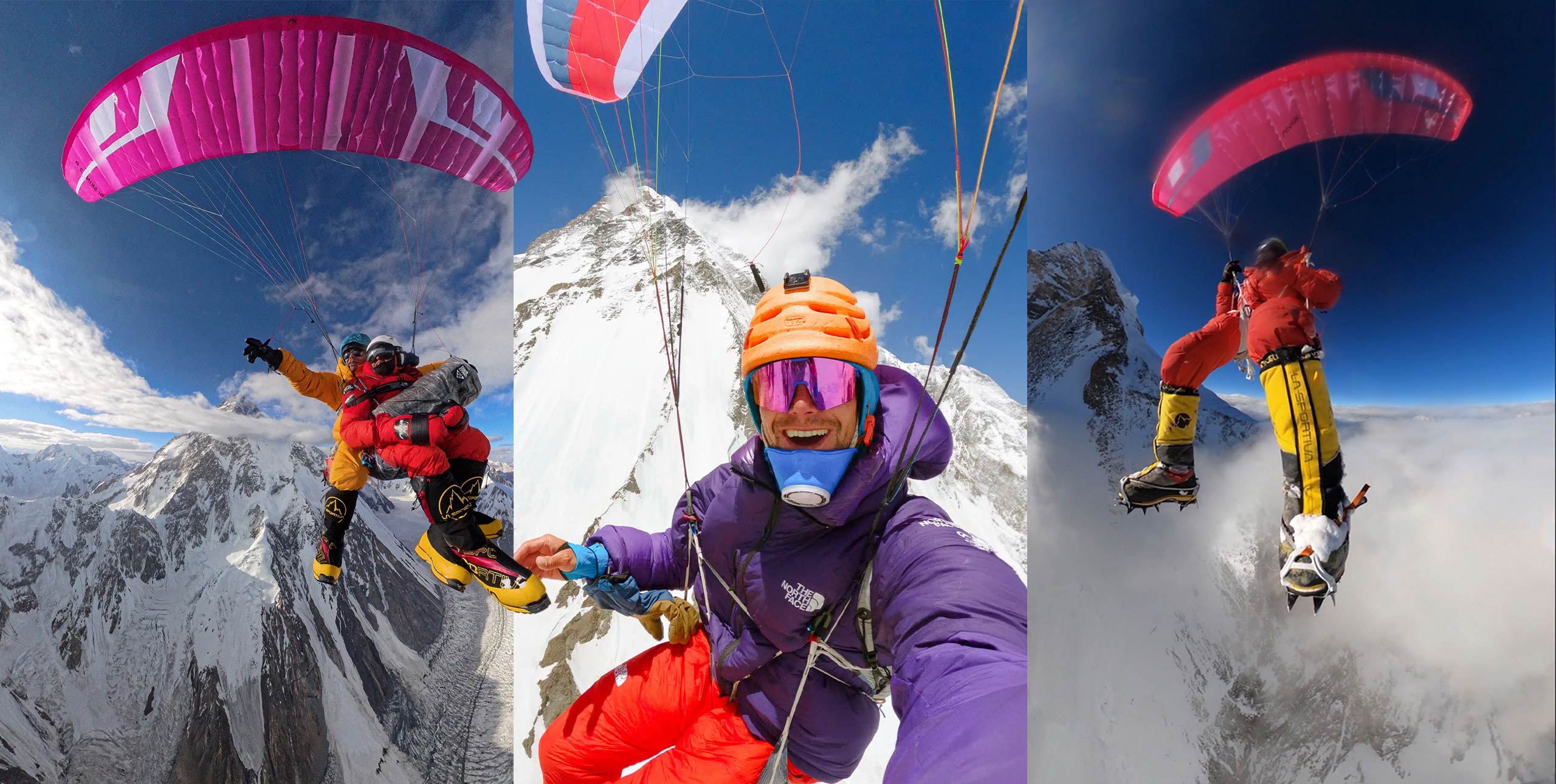
Bir 2025: “Don’t push too deep”
"Bir comes with a responsibility – Bir is big-air terrain"
12 November, 2025, by Cross Country | File photo: Jérome MaupointAs the season starts to wind down in Bir, India, pilots are being encouraged to stay safe following a series of incidents. Although overall pilot numbers are down on last year – by as much as 30 percent – the season has been marred by the fatality of a 27-year-old female Canadian pilot and several other injuries, including that of an Austrian pilot at the weekend.
One local pilot said despite the lower number of visiting pilots it had been a busy season for incidents: “There was a pilot who was flying in the back without any trackers and had an epic three-day walkout. Several other pilots have got serious injuries top landing. And one pilot got sucked to 7,200m but without any major issues, so continued his flight as normal!”
Canadian pilot Megan Roberts’ body was recovered from close to 4,000m on 20 October after she had been missing for two nights. She had launched from Bir on Saturday 18 October, according to local reports. Meanwhile Philipp Zellner, a well-known and very experienced pilot, was injured on 8 November, although the circumstances of his accident are unclear.
“Bir remains one of the most reliable and rewarding mountain flying sites I’ve flown,” says Debu Choudhury, one of the most experienced guides at Sky Summits. “You get consistent thermals, clear trigger points, long ridge lines, easy access to altitude along with unprecedented views.
“But this comes with a responsibility – Bir is big-air terrain. The high wall and back valleys can present strong conditions. Many incidents happen because visiting pilots try to fly beyond their skill level or don’t respect how quickly the air can turn demanding. Bir is generous, but it is not forgiving if you push without the skills or margin.”
He says new pilots should stay out front and avoid the heavy paragliding air traffic around house thermals. “There are plenty of other thermals around.”
For those who are determined to venture into the high mountain terrain in the back, he says, “don’t push too deep on your first few flights. Take the time to adapt to the bigger terrain. Once you’re over the back you may have limited landing options for 10-30km.”
Ben Kellett, who was recently in Bir, said: “When you’re over the back at 5,000-6,000m it’s a different place!”
Pilots flying in Bir also need to be aware that the mountain rescue system is not as developed as in European countries, and rescues will often take up to 24 hours or more.











